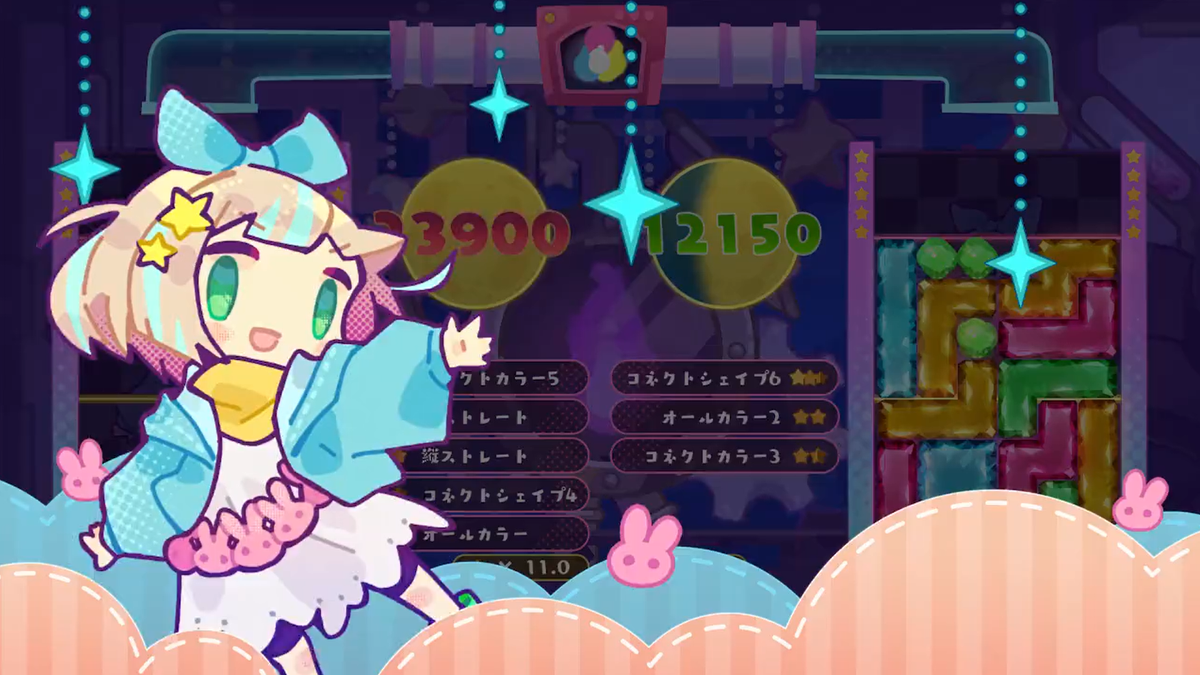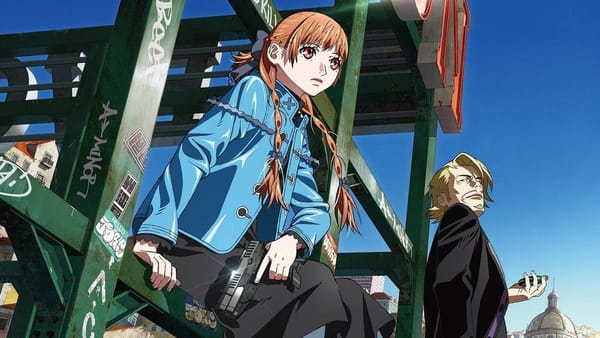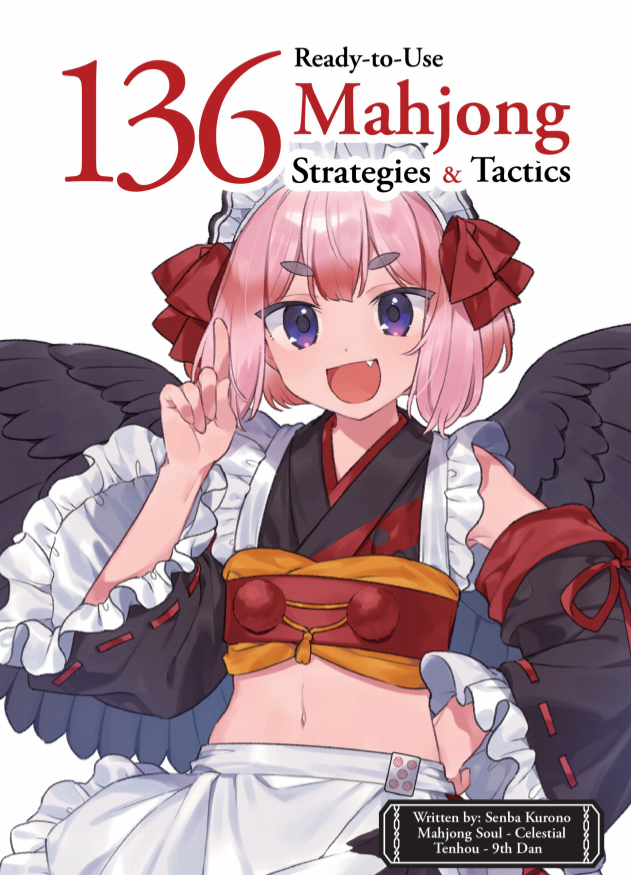Yumeiro Yuram is a fascinating new versus puzzler that will twist your brain into its image
Long live the Small Video Game

(Important: as I write this, Yumeiro Yuram is only available in the form of a free demo on the Japanese Switch or PS4. Online play for the demo is only available for a week, so by the time I drop this piece (lol) you won’t have much time. The easiest way to try this game right now is to make a Japanese Switch eShop account, which you can Google yourself. This entire disclaimer will become moot when Yumeiro Yuram actually releases.)
One of the retro gamer’s old favorite complaints— I should know, I’m one of them— is that a lot of genres simply died off in the late 90s and early 2000s. As games got longer, gamers began to expect a major time commitment in exchange for their $50 or $60. Racing games could become Gran Turismo (and note the death of the arcade racer in its wake), but other genres aren’t so lucky.
(Puyo Puyo Champions (or eSports) is simply a modern port of Puyo Puyo 2 with online play and rankings.)
The thing with a puzzle game is once you get it right, it’s perfect. Despite many attempts, people didn’t really want big mechanical changes to the core gameplay of Tetris, for example. They wanted to play Tetris forever, because it’s already infinitely engaging. In Japan, a small cult has been playing Puyo Puyo 2 since 1994— ultimately leading to Sega making it the competitive esports standard— because Puyo Puyo 2 got it just right.
But at the same time, it’s really hard to sell gamers on a brand new puzzle game. On a console. For full game price. That’s a tough sell, so it doesn’t happen a lot.
So it’s kind of exciting that there’s a brand new versus puzzle game coming out. It’s more exciting that Yumeiro Yuram feels radically new, thinking fundamentally differently from its predecessors.
Tetris takes ten seconds to figure out; Yumeiro Yuram takes five minutes

Tetris and Puyo Puyo both have simple, immediately comprehensible mechanics that lead the player to beauty through cavernous inner depths. By contrast, Yumeiro Yuran takes a few minutes to see clearly.
In this game, two players drop colored pairs of bubbles into a well, but they’re not trying to clear pieces by matching their colors, or by filling lines. Instead, you match colored bubbles to create tetrominoes: the Tetris shapes. They must be four bubbles: a shape of five or six turns into junk and loses you points.
Now rather than trying to make lines with the shapes, we’re trying to arrange a beautiful— thus valuable— shape with them. The player with the best point-scoring shape wins the round, and the game repeats until some score is reached.

This game is scored, of all things, like mahjong: there is a set list of types of shapes the player can make, each with their own value. For example, I could make two (or more) L-shapes, touching each other: that’s a “yaku”, a requirement for points. I could also make some of my blue shapes touch each other: that earns us points too. Filling a line of the well in one color— vertically or horizontally— is yaku. Filling half or the whole well without making any mistakes— leaving a piece stranded— is yaku.
Between all these different “hands” you can make on the play field, it’s common and indeed desirable to fill many different requirements at once. Also like mahjong, all these requirements can stack together and multiply the player’s point score. Once the well is done and players can build no more, they press a button to lock in their score: highest score wins and “damages” the opponent.
An individual round ends in a little under a minute, but the match continues until someone takes 30,000 damage. (The maximum possible score is 25,000, so, unlike mahjong, no one-shots.)
You’re up against yourself more than the opponent
Note that players can’t dump garbage pieces onto the opponent, like in most versus puzzle games (Puyo, Puzzle Fighter). It’s just you and the board here.
Which brings me to something pretty important: since there’s no clearing space on the board, every drop really counts. Yumeiro Yuram’s “next” window has room for three pieces, because players actually need to be able to read that far ahead. There is so much in a player’s head to juggle within the 45 seconds or so a game lasts: knowing what kind of shape they’re going to try and build (keeping in mind what’s already been built), to avoid (if at all possible) stranding a bubble in a place where it can never be matched, to know what bubbles they absolutely cannot use and should set aside for later.
Even though you only have a slight bit of direct interaction with your opponent, there is so much on your mind— including your opponent’s well, which is right there on screen for you to watch— that it creates an intense pressure.

All of this tickles my brain in exactly the way I like it to be tickled. Despite wanting to buy Armored Core 6, grind the mahjong ladder, or work on my abysmal Master Rate in Street Fighter 6, I’ve been absolutely glued to getting my ass kicked by random strangers in this weird little puzzle game. And I gotta get it done now, because online play for the demo shuts down, like, tomorrow. Well, they hooked me, I’m buying.
Demo thoughts
This game strikes me as a little tiny production, but I would really love to see a little more animation here. Every round there’s a cute animation of a star striking the opponent’s field, but what this game really needs is actual character art; win/lose images like Puyo and others do. I would particularly like to see “lose” art for the characters getting hit with different grades of winning scores, with progressively higher scores leading to progressively bigger “hits” on the screen. With its dreamland and star motif, this game begs for a Looney Tunes “getting knocked into the sky and turning into a star” KO animation. Victory needs a little more impact.
Other than that, Yumeiro Yuran is both novel and enthralling. Try it; I bet it’ll get you too.



